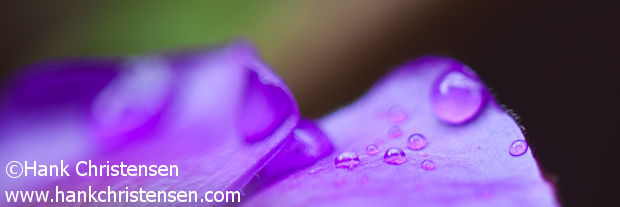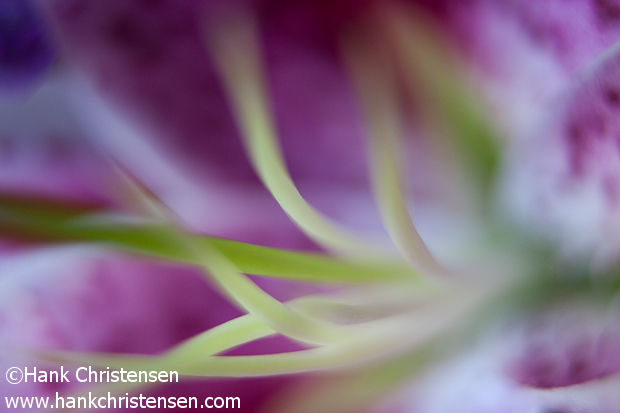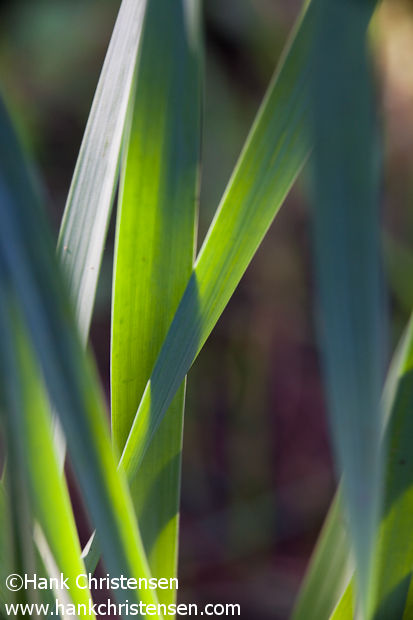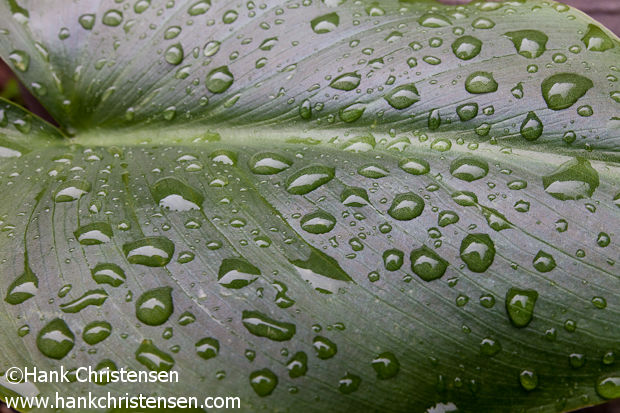
Tip number two in the creativity series is to enter the world of macro photography. If you ever feel that your photography is getting stale, or would just like to try something new, think about taking photos of life’s smaller members. You need the following to get started:
1. Your camera. Whatever you normally use – point and shoot, SLR, whatever.
2. At least 1 hour of uninterrupted time. This should give you some time away from your normal day to think and let the creative juices flow.
3. A confined space (a backyard works well). You should limit the area you cover so that you are really forced to see this space in a different way.

Your goal is see your designated area with an eye toward the details. Get down on the ground to get eye-level with a rock. Move in close on that flower petal. Capture the veins of a leaf. Many point-and-shoot cameras have a macro mode (look for the icon of the flower) that will allow you to focus closer than normal. For SLR users, if you don’t have a dedicated macro lens, you can employ the use of an extension tube in between your lens and your camera body (I use a set of Kenko tubes). This moves the focal point of the lens further away from the film plane or sensor, essentially allowing you to focus your lens closer to your subject than its normal minimum focal distance.

Don’t be discouraged if you get bored after the first half hour or so. It is after this point that you will really start to reap the benefits of this forced creativity. At this point, think about new angles on old subjects. Shoot your house as an ant might see it by peaking your lens between blades of grass. Capture some detail of an ice cube melting in the sun. Whatever you do, think outside the box. Your hour will be up before you know it, and you should walk away with some pretty intriguing photographs.

